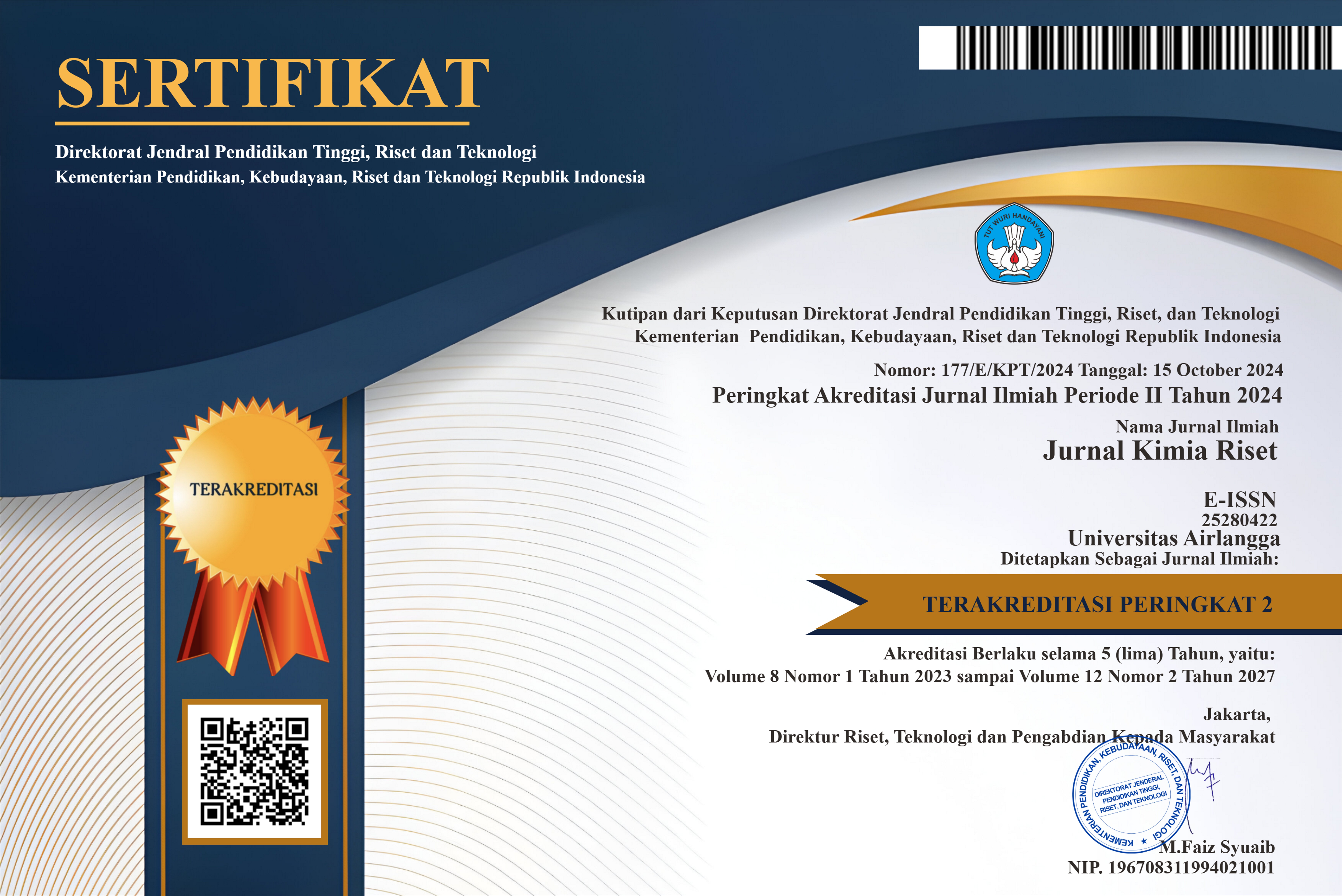Peer Review Process
Authors submit manuscripts to J. kim. ris. Submitted documents include: the full manuscript should follow the J. kim. ris template, a cover letter, and recommended reviewers. The J. kim. ris editor will check for completeness, conformity of the document to the template, and ensure the topic and content of the manuscript align with the focus and scope. They will then check for similarity using Turnitin. If the requirements are met, the manuscript will proceed to the review process. If not, it will be returned to the author for revision or resubmission. If the requirements are met, the manuscript will proceed to the review process. The editor will invite at least two peer-reviewers with expertise relevant to the topic of the submitted manuscript. The review process is double-blind, meaning the reviewers are blind to the author's identity, and the authors are blind to the reviewers' identities. There should be at least three or more reviewers for each article in each issue. The results of a double-blind review can be rejection, revision (minor/major), or accepted. If a manuscript receives a rejection recommendation, the review process will stop and the manuscript will not proceed to the next stage. If it receives a revision, it is expected to make improvements based on peer-reviewers input and resubmit for a second round of review. If it is accepted, the final recommendation is given to the editor, who will then determine whether the manuscript will be rejected or accepted. After the revised manuscript is accepted, the copyediting stage follows. The manuscript undergoes English proofreading, adjustment with the template, and screening for plagiarism with Turnitin. Finally, the manuscript enters the production stage. The author proofreads and answers questions, if any, and editorial prepares the record version. After all these steps are completed, the manuscript is ready to publish. In general, each manuscript requires approximately 16 weeks from initial submission through the review process to publication.
















